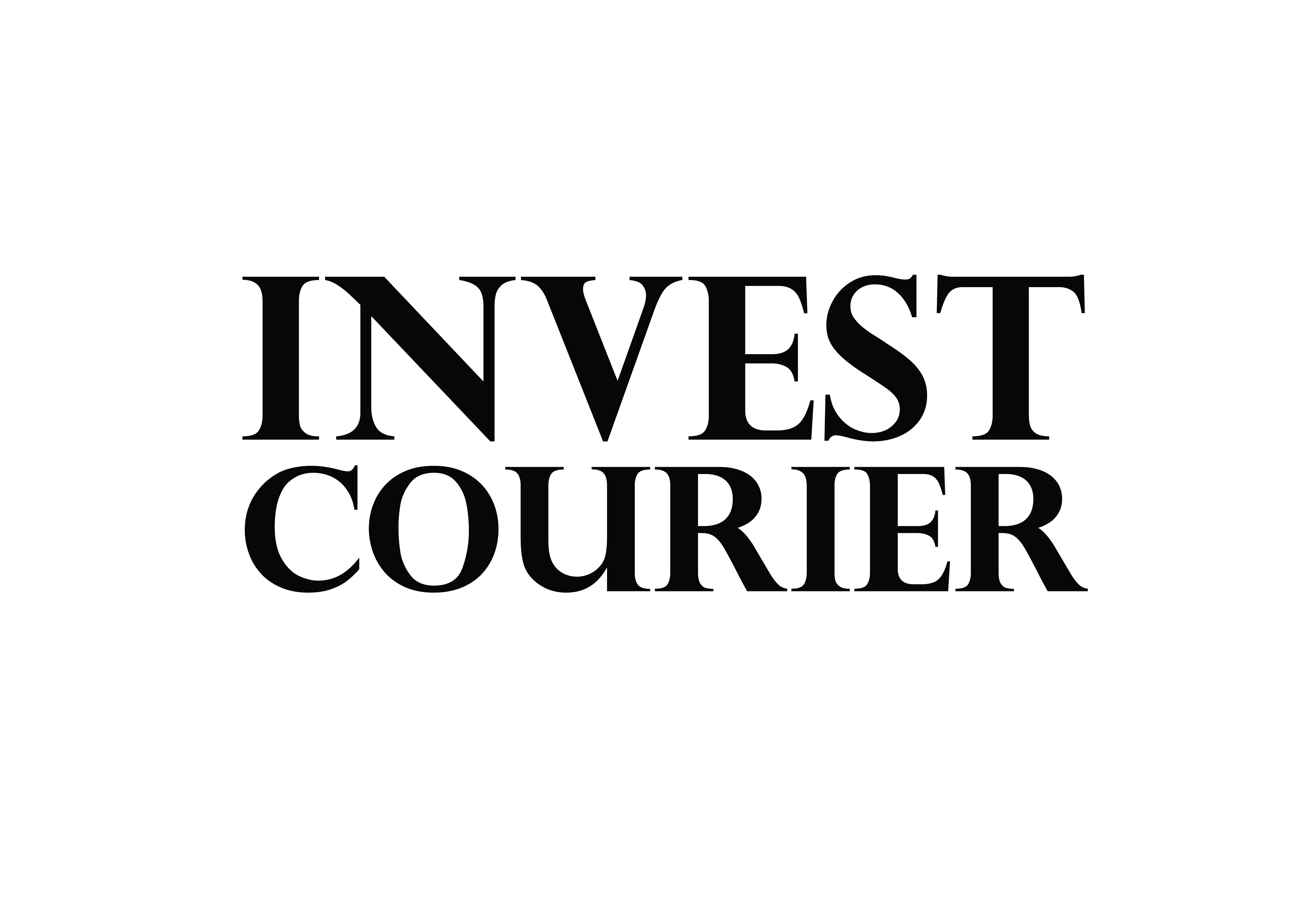Investing in dividend-paying companies can be a smart way to grow your wealth. Whether you’re planning for retirement or just starting out, these investments offer a steady stream of income. Many large-cap companies, like those in the S&P 500, provide regular payouts to shareholders.
For example, if you had invested $10,000 in the S&P 500 in 1993, reinvesting your dividends would have grown your investment to $182,000 by today. Without reinvesting, it would only be $102,000. This shows the power of compounding over time.
Over 80% of S&P 500 companies currently pay dividends, making them a reliable option for investors. However, it’s important to note that these payments are not guaranteed and can be affected by factors like inflation. This guide will help you navigate the world of dividend investing to build a steady income stream.
What Are Dividend Stocks and How Do They Work?
Companies that distribute profits to investors often attract long-term interest. These shares are typically issued by mature firms that may not have significant growth opportunities but generate steady cash flow. Instead of reinvesting all profits, they reward shareholders with regular payments.
Definition of Dividend Stocks
Dividend-paying shares represent ownership in companies that share a portion of their earnings with investors. Unlike growth-focused firms, these businesses prioritize returning value to their shareholders. For example, tech startups often reinvest profits for expansion, while established companies like those in the S&P 500 focus on consistent payments.
How Companies Pay Dividends
Most firms distribute cash directly to investors’ brokerage accounts, typically on a quarterly basis. However, in 2020, 68 S&P 500 companies cut or suspended their payments due to economic challenges. This highlights the importance of evaluating a company’s financial health before investing.
Types of Dividend Payments
There are four main types of distributions:
- Cash: The most common form, paid directly to investors.
- Stock: Additional shares issued to shareholders.
- Property: Physical assets distributed to investors.
- Special: One-time payments, often tied to exceptional profits.
For instance, if a $100 share pays $4 annually, its yield is 4%. This metric helps compare returns against alternatives like Treasury yields, which averaged 1.25% in recent years.
While high yields can be tempting, they may signal potential risks. Always research a company’s payout history and financial stability to avoid yield traps.
Why Understanding Dividend Stocks for Passive Income Matters
Building a reliable income source requires strategic choices. Many investors turn to dividend-paying assets for their ability to provide a steady stream of returns. These investments not only offer immediate income but also the potential for long-term growth.
Steady Income Stream
Dividends can serve as a predictable source of income. For example, a $500,000 portfolio with an average yield of 4% generates $20,000 annually. This can be especially valuable during retirement, offering financial stability without selling assets.
Research by Arnott and Asness shows that companies with consistent payouts often perform better over time. This highlights the correlation between dividend growth and corporate health.
Potential for Long-Term Growth
Reinvesting dividends can significantly boost your returns. DRIPs (Dividend Reinvestment Plans) allow you to automatically purchase additional shares, compounding your gains. Over decades, this strategy can transform modest investments into substantial wealth.
For instance, a $10,000 investment with reinvested dividends could grow exponentially compared to one without. This demonstrates the power of compounding and the importance of patience.
Inflation Protection
Dividends can act as a hedge against inflation. Utility companies, for example, often adjust payouts to reflect rising costs, providing COLA-like protection. This ensures your income retains its purchasing power over time.
While bonds offer fixed coupons, dividends can grow alongside stock prices, making them a more dynamic option in inflationary environments.
Benefits of Investing in Dividend Stocks
Adding dividend-focused assets to your portfolio can enhance stability and growth. These investments offer unique advantages that help you weather market fluctuations while building wealth over time. Let’s explore the key benefits.

Reduced Portfolio Volatility
Dividend-paying assets often exhibit lower volatility compared to growth-focused options. For example, data shows that dividend ETFs tend to outperform growth ETFs during uncertain times. This stability can protect your portfolio from sharp declines.
During the 2022 bear market, the consumer staples sector, known for consistent payouts, demonstrated remarkable resilience. This highlights how dividend-focused investments can act as a buffer in turbulent markets.
Compounding Effect Through Reinvestment
Reinvesting dividends can significantly amplify your returns. DRIPs (Dividend Reinvestment Plans) allow you to automatically purchase additional shares, compounding your gains over time.
For instance, historical S&P 500 data shows that reinvested dividends can double or even triple your investment compared to non-reinvested returns. This strategy is a powerful tool for long-term wealth building.
Resilience During Market Downturns
Dividend aristocrats—companies with a history of increasing payouts—often outperform during crises. For example, during the 2008 financial crisis, these firms showed greater stability than non-dividend payers.
The concept of a dividend cushion—a measure of a company’s ability to sustain payouts—can help you identify resilient investments. Sectors like utilities and consumer staples are particularly strong in this regard.
By focusing on sustainable payouts, you can build a portfolio that thrives even in challenging market conditions.
Risks and Challenges of Dividend Investing
While dividend investing offers many benefits, it’s not without its challenges. Understanding these risks can help you make informed decisions and build a more resilient portfolio.
Dividend Cuts and Suspensions
Even reliable companies payouts can face disruptions. For example, in 2020, Shell suspended its payouts due to economic pressures in the energy sector. Similarly, AT&T cut its dividend in 2022 after spinning off WarnerMedia. These events highlight the importance of evaluating a company’s financial health and cash flow before investing.
Red flags include rising debt levels while maintaining dividends or payout ratios exceeding 100%. Such indicators can signal potential cuts ahead. Always research a company’s ability to sustain its earnings and distributions.
Dividend Traps and Unsustainable Yields
High yields can be tempting, but they often come with risks. A “yield mirage” occurs when a company offers a 9%+ yield but lacks the financial stability to maintain it. These situations can lead to significant losses if the dividend is cut or suspended.
To avoid traps, look beyond the yield. Analyze the company’s payout history, debt levels, and sector trends. Defensive sectors like utilities tend to be more stable, while cyclical sectors like retail can be riskier during economic downturns.
Market and Economic Risks
Dividend investments are sensitive to broader market and economic conditions. For instance, rising interest rates in 2023 impacted bank stocks, making their yields less attractive compared to safer alternatives like Treasury bonds.
Sector-specific risks also play a role. Cyclical sectors may struggle during recessions, while defensive sectors often perform better. Stress testing your portfolio against various scenarios can help you identify potential vulnerabilities.
For more insights on navigating these challenges, check out this guide on how to pick profitable dividend stocks.
How to Analyze Dividend Stocks
Analyzing dividend-paying companies requires a clear focus on key financial metrics. These metrics help you evaluate the stability and growth potential of your investments. By understanding these factors, you can make informed decisions that align with your financial goals.
Key Metrics: Dividend Yield and Payout Ratio
The dividend yield is a crucial metric that shows the annual payout relative to the stock price. For example, a stock priced at $100 with a $4 annual payout has a 4% yield. This helps you compare returns across different investments.
Another important metric is the payout ratio, which indicates how much of a company’s earnings are paid out as dividends. Benjamin Graham recommended a ratio below 60% for sustainable payouts. A high ratio might signal financial strain, while a low one suggests room for growth.
Assessing Financial Health and Stability
Evaluating a company’s financial health is essential. Tools like the Piotroski F-Score measure profitability, leverage, and operating efficiency. A score above 7 indicates strong financial stability.
Debt-to-equity ratio is another useful metric. A lower ratio suggests better balance and less risk. For instance, Coca-Cola maintains a healthy ratio, reflecting its strong financial position.
Evaluating Dividend Growth History
Consistency in dividend growth is a strong indicator of reliability. Morningstar’s 3-year growth consistency screen helps identify companies with a proven track record. Johnson & Johnson, for example, has increased its payouts for 60 consecutive years.
When analyzing growth, consider both trailing and forward payout ratios. This helps you understand if a company can sustain its payouts in the future.
For more insights on analyzing dividend stocks, check out this guide on dividend investing.
Creating a Dividend Investing Plan
Crafting a solid investment strategy can set you up for long-term financial success. A clear plan helps you stay focused and make informed decisions. Whether you’re aiming for a steady stream income or building wealth, having a roadmap is essential.

Setting Clear Investment Goals
Start by defining your investment goals. Are you saving for retirement, building an emergency fund, or generating extra cash flow? Your goals will shape your strategy. For example, younger investors might focus on growth, while those nearing retirement may prioritize income stability.
Consider your time horizon and risk tolerance. Tools like Schwab’s sector diversification tools can help you align your portfolio with your objectives. A clear plan ensures you stay on track, even during market fluctuations.
Choosing Between Individual Stocks and Funds
Deciding between individual stocks and mutual funds depends on your preferences and expertise. Individual picks allow for greater control, but they require more research. Funds, like the VanEck DURA ETF, offer diversification and professional management.
Compare expense ratios to minimize costs. For instance, SCHD and VIG are popular low-cost options. If you’re new to investing, funds might be a better starting point. They provide exposure to multiple companies without the need for constant monitoring.
Diversifying Your Dividend Portfolio
Diversification reduces risk and enhances stability. Spread your investments across sectors like utilities, healthcare, and consumer staples. Use tools like sector weight optimization pie charts to visualize your allocation.
Consider tax-efficient placement strategies. For example, hold high-yield assets in tax-advantaged accounts like Roth IRAs. This minimizes your tax burden and maximizes returns. Setting up a DRIP (Dividend Reinvestment Plan) with your brokerage can also help you grow your portfolio automatically.
By following these steps, you can build a resilient portfolio tailored to your financial goals. A well-diversified plan ensures you’re prepared for any market conditions.
Strategies for Successful Dividend Investing
To maximize your returns, focusing on proven strategies can make a significant difference. Whether you’re aiming for steady income or long-term growth, adopting the right approach can help you achieve your financial goals. Let’s explore some effective methods to enhance your portfolio.
Dividend Growth Investing
One of the most reliable methods is focusing on dividend growth. Companies that consistently increase their payouts often demonstrate strong financial health. According to BofA Global Research, firms with a history of raising dividends tend to outperform over time.
To get started, build a watchlist of Dividend Kings—companies with 50+ years of consecutive payout increases. This strategy not only provides income but also capital appreciation as these firms grow.
High Dividend Yield Strategies
If you’re looking for immediate income, high dividend yield strategies might suit your needs. Sectors like REITs, MLPs, and BDCs often offer attractive yields. However, it’s crucial to assess the sustainability of these payouts.
For example, REITs typically yield 4-6%, but their performance can vary with interest rates. Analyze covered call ETFs for yield enhancement while managing risk. Always balance high yields with financial stability to avoid potential traps.
Balancing Income and Growth
A well-rounded portfolio combines both income and growth. This approach ensures you benefit from immediate payouts while positioning yourself for long-term total return. Sector rotation tactics can help you adapt to economic cycles.
Consider tax-loss harvesting to offset gains and optimize your returns. Additionally, using cash-secured puts can help you enter positions at favorable prices. By balancing these strategies, you can build a resilient portfolio that thrives in any market condition.
- Build a Dividend Kings watchlist for consistent growth.
- Analyze covered call ETFs for yield enhancement.
- Use sector rotation tactics to adapt to economic cycles.
- Implement tax-loss harvesting to optimize returns.
- Explore cash-secured puts for entry point optimization.
Tools and Resources for Dividend Investors
Having the right tools and resources can make dividend investing more efficient and rewarding. Whether you’re a beginner or an experienced investor, leveraging these tools can help you make smarter decisions and optimize your portfolio.
Using Online Screeners and Research Tools
Online screeners like Schwab’s distribution yield screener can help you filter shares based on specific criteria. For example, you can set parameters for yield, payout ratio, and sector performance. This saves time and ensures you focus on high-quality opportunities.
Morningstar’s dividend sustainability grades are another valuable resource. They assess a company’s ability to maintain payouts, giving you confidence in your choices. Building a custom screener tailored to your goals can further enhance your strategy.
Understanding Tax Implications
Taxes can significantly impact your returns. Qualified dividends are taxed at lower rates than ordinary ones, so it’s essential to understand the difference. For instance, in 2023, qualified dividends are taxed at 0%, 15%, or 20%, depending on your income bracket.
Calculating tax drag across brackets can help you optimize your portfolio. Tools like tax calculators and brokerage reports simplify this process, ensuring you keep more of your earnings.
Monitoring and Adjusting Your Portfolio
Regularly reviewing your portfolio is crucial for long-term success. Create a rebalancing calendar to ensure your allocations stay aligned with your goals. For example, quarterly reviews can help you identify underperforming assets and make timely adjustments.
Set up alert systems to notify you of potential risks, such as dividend cuts. Comparing brokerage programs for DRIPs (Dividend Reinvestment Plans) can also help you maximize compounding. Staying proactive ensures your portfolio remains resilient and profitable.
- Build a custom Schwab dividend screener for targeted results.
- Use Morningstar’s sustainability grades to assess payout reliability.
- Calculate tax drag to optimize your after-tax returns.
- Set up alerts for dividend cut risks to protect your income.
- Compare DRIP programs to find the best reinvestment options.
Conclusion: Building Wealth with Dividend Stocks
Over time, consistent investments in reliable assets can unlock significant financial potential. A 30-year case study shows how reinvesting payouts can grow your wealth exponentially compared to non-reinvested returns. This highlights the power of compounding and patience.
To get started, follow these steps: set clear goals, diversify your portfolio, and avoid chasing high yields. Overdiversification can dilute returns, so focus on quality over quantity. Use tools like DRIPs to automate reinvestment and maximize growth.
For further learning, explore books, courses, and communities dedicated to this strategy. With the right approach, you can build a resilient portfolio that supports your financial goals. Take the first step today and unlock your path to long-term success.


